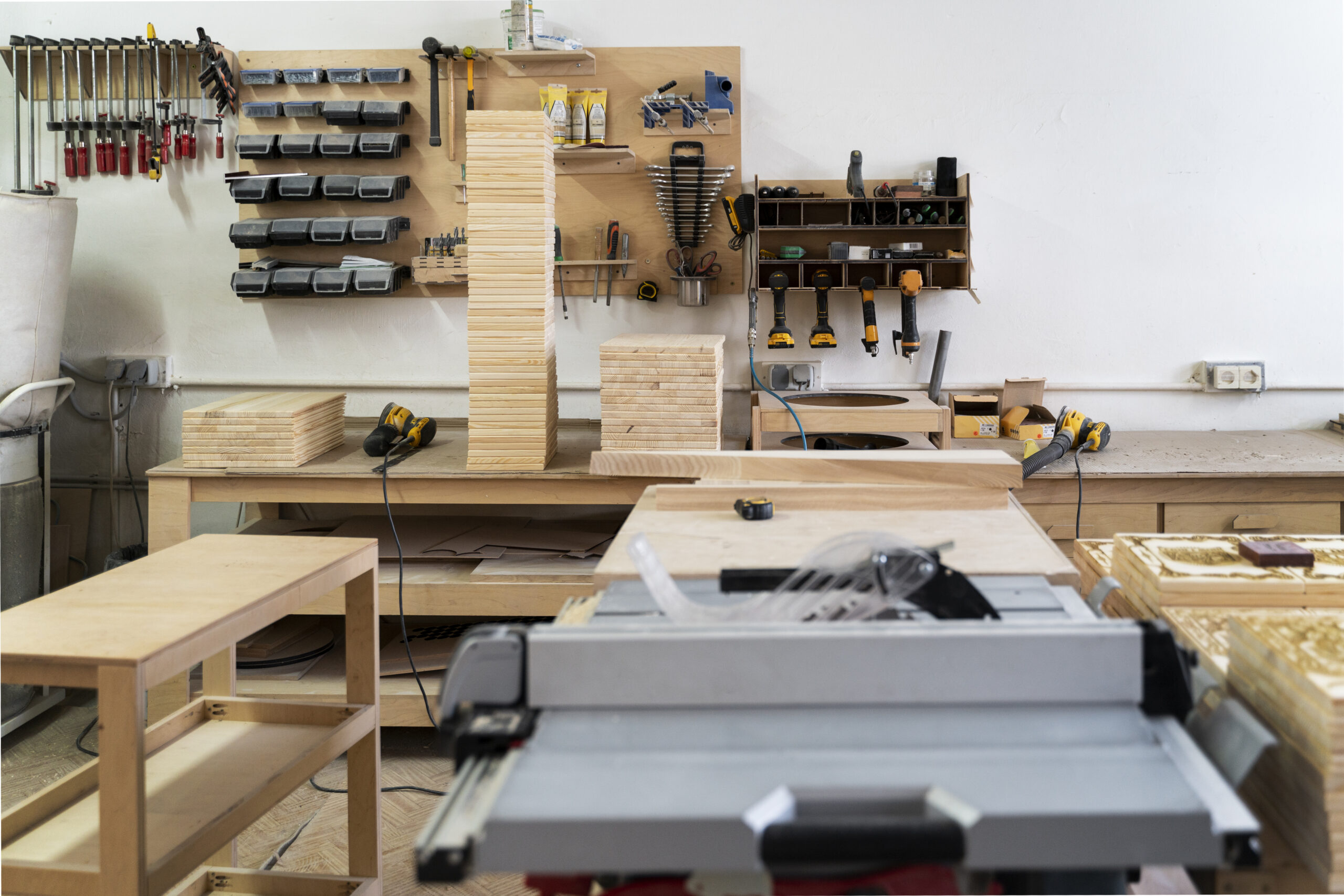Outdoor Finishes for Wood: A Practical Guide
Wood is a popular material for both indoor and outdoor use. Its natural beauty and versatility make it a favorite for decks, furniture, and structures. However, wood is vulnerable to environmental elements. Sun, rain, and temperature changes can damage it over time. To protect outdoor wood, choosing the right finish is essential.
Understanding Wood Finishes
There are different types of wood finishes available. Each has its unique properties and benefits. The main categories are penetrating finishes and surface finishes. Penetrating finishes soak into the wood, while surface finishes sit on top of it.
Penetrating Finishes
Penetrating finishes offer protection from the inside out. They enhance the wood’s natural grain and offer a more rustic look. The most common are oil-based finishes.
- Linseed Oil: A traditional choice, derived from flax seeds. It offers deep penetration and nourishment. It needs regular reapplication.
- Tung Oil: Comes from tung tree nuts. It provides a hard finish, good water resistance, and a natural appearance.
- Danish Oil: A blend of oil and varnish. It’s easy to apply and offers moderate protection with a softer finish.
Surface Finishes
Surface finishes create a protective layer on top of the wood. They usually offer more gloss and are more durable than penetrating finishes.
- Varnish: A mix of oil, resin, and solvent. It’s flexible and water-resistant, perfect for outdoor use. Needs proper surface preparation.
- Spar Urethane: Similar to varnish but more UV resistant. It can handle sunlight exposure better.
- Polyurethane: Durable and waterproof. Mainly used for floors and wood projects exposed to high wear.
Factors to Consider
When choosing a wood finish for outdoor projects, consider several factors. Firstly, the type of wood. Different woods absorb finishes differently. Secondly, the weather conditions. Areas with high humidity or intense sunlight might need special finishes. Thirdly, maintenance commitment. Some finishes require regular upkeep.
Types of Wood
Softwoods like pine and cedar are common for outdoor use. They need protection against moisture and insects. Hardwoods like teak and ipe are naturally resistant to decay but benefit from finishes that highlight their grain.
Weather and Climate
In areas with frequent rain, opt for water-resistant finishes. For sunny regions, UV protection prevents fading and cracking. Combination finishes that offer both are often ideal.
Durability and Maintenance
Some finishes, like oil-based ones, need reapplication every few years. Consider the effort you’re willing to invest. Water-based finishes usually dry faster and require less maintenance.
Application Tips
Proper application is crucial for effective protection. Start by preparing the wood surface. Sand it to smooth imperfections. Clean off any dust or debris. Apply finishes in well-ventilated areas.
Applying Penetrating Finishes
Use a cloth or brush for oil-based finishes. Apply evenly across the wood surface. Let it soak in, and wipe away excess. Multiple coats might be necessary for desired results.
Applying Surface Finishes
Use a solvent-based brush for varnish or polyurethane. Thin, even layers are ideal. Sand lightly between coats to ensure adhesion. Follow manufacturer recommendations for drying times.
Eco-Friendly Options
Environmental awareness grows with each passing year. Water-based finishes introduce fewer volatile organic compounds (VOCs) into the air. They’re less toxic and often serve as a greener choice.
- Water-Based Polyurethane: Low odor and quick drying. Perfect for a safer application process.
- Naturally-Derived Oils: Some companies produce finishes from sustainable sources. They offer a balance between ecological responsibility and wood protection.
Common Mistakes to Avoid
Inadequate surface preparation can affect finish adhesion. Always ensure wood is dry, clean, and smooth. Over-application can lead to peeling or flaking. Apply only as much as the wood can absorb. Rushing drying times can lead to an uneven finish.
Final Considerations
Choosing an outdoor finish for wood involves more than just picking a product off the shelf. Evaluate each option based on your specific needs and conditions. Always follow best practices for application. With the right finish, your outdoor wood projects can withstand the elements and look great for years to come.
